Gardening can be a costly affair. We decided it was time to create a list of some money-saving tips that are easy on the pocket. Many are also fun with the bonus of meeting other gardeners in your area. We reached out to all you wonderful desert gardeners for your best money-saving gardening tips and the response was brilliant. This post is created by all of the awesome members of Gardening In the Desert. Let’s reuse, reduce and recycle!
Seed And Planting Supplies
- Local Seed Libraries are a great place for new gardeners to get seeds without any cost. Once you grow out of the crops, give some of your saved seeds back to the library so that it can be shared with others.
- Gardening Seed Exchanges are also another wonderful resource to get free seeds, cuttings, bulbs, and other gardening-related items. New gardeners with no seeds to share can take empty egg cartons, used coffee grounds, spent hops or vegetable scraps that are welcomed treats for gardeners to add to the soil or compost.
- Scout end of Season Seed Sales. Botanical Interests, Sow True Seeds, Irish Eyes, Heritage Seed Company are a few that have sales at least once a year, normally after the summer.
- Ask in gardening communities on fb for tools, pots and other gardening items you may be looking for. Someone else may be looking to get rid of somethings.
- Re-use, reduce and recycle is more important than ever. Save and re-use old seed trays and 6 packs from the garden centers. Restaurant take away containers can also be repurposed for seeding. You can also reuse the big tubs pre-washed produce comes in to hold seed trays.
- Old cardboard milk cartons will make great seed trays if used on the side, or they could even make pots for big seedlings like squash and beans.
- Plant labels can be made by cutting up old vinyl blinds and writing on them with a pencil. Ice cream sticks are also very inexpensive.
- Save seeds, so that you have a constant supply.
- Lowes Death Row! Many plants can be purchased very inexpensively and with some water and TLC, they come right back. We know from an insider that works at Lowe’s (cough, cough Jessica’s father-in-law) that plants on Lowe’s death row are often there only because they have been in stock for too long, not because anything is wrong with them!
- Seal cuttings with Elmers glue if needed.

Soil Supplies
Spend most of your money here. Get quality soil.
- Make your own soil mix.
- To get microbial life going, get a few handfuls from a gardening friend who already has a very established garden.
- Use the lasagne method of building soil to keep costs down. Start with a thick layer of paper or cardboard, then alternate layers of browns such as fallen leaves, shredded newspaper, and pine needles, with layers of greens such as vegetable scraps, garden trimmings, and grass clippings. In general, the brown layers should be about twice as deep as the green layers. It should be about two feet tall and will shrink down in a couple of weeks. When it is all broken down to a compost consistency, it is ready for planting.
- Large amounts of vegetable scraps, beer mash or spent hops and coffee grounds can be sourced from local restaurants and breweries to use as greens source. Starbucks often has free coffee grounds to give away. Be aware, these materials may not be organic, but you are recycling what would otherwise go to a landfill!
Amending Soils
- Use kitchen scraps. Fruit and veg peeling, eggshells, leftover tea leaves, and coffee grounds can be tucked under mulch. Kombucha scobies, leftover wine, and vinegar can also be used.
- Get free mulch to cover and protect soils. It will also break down over time adding nutrients to the soil. Check out www.getchipdrop.com. Be aware, loads from arborists are very large.
- Urine is a fantastic free amendment to use for heavy feeding crops. Ensure you are not taking any medications or hormones before using this.
- Compost fallen leaves and grass clippings. Green spaces and parks with deciduous trees such as Pistache and Arizona Ash will be a treasure trove of fallen leaves from December through January.
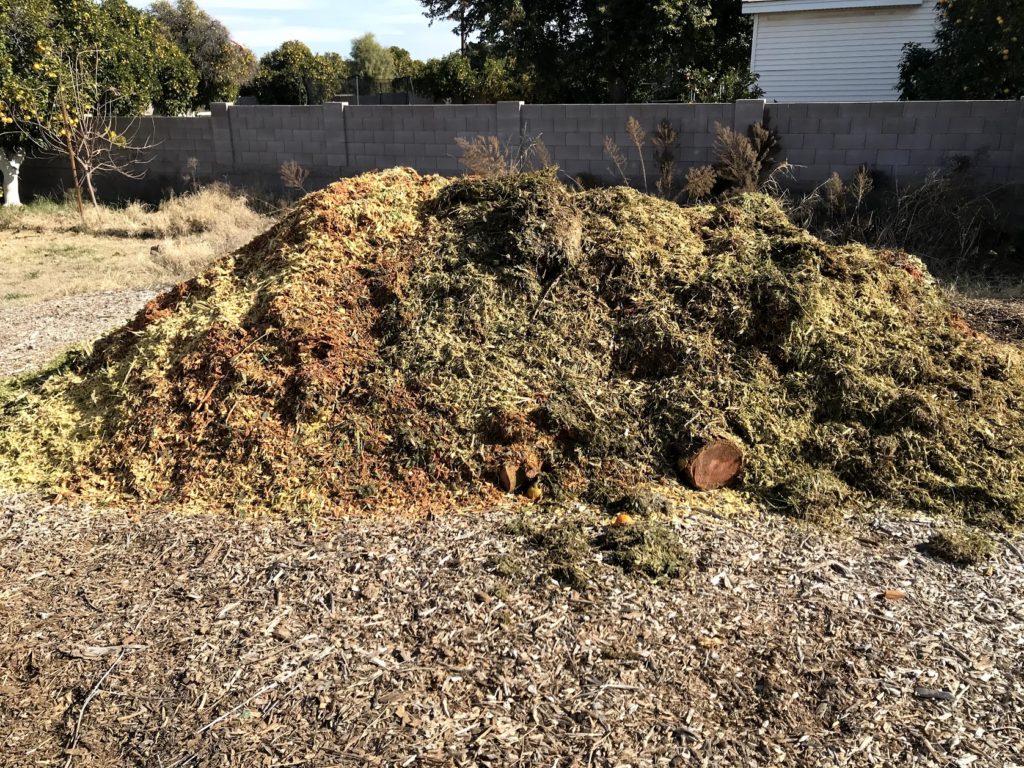
Where to Grow: In-ground, Containers Or Raised Beds
- For in-ground, use natural materials to create raised beds such as large logs or river rock people may be getting rid of.
- Containers. Just about anything you can drill holes in can be a container. However, be careful with plastic. They may leach chemicals into the soil. Old wheelbarrows, metal troughs or old tubs work great. Recently, I saw a picture of an old weber grill being used as a planter. You could also get fabric grow bags very inexpensively. Five thirty-gallons grow bags are $30 on Amazon.
- Use sunken beds instead of raised beds. They require some labor to dig up, but they will keep plants cooler, reduce water usage, and keep water costs down.
- Source free old pallets. They can be used to make inexpensive fencing, raised beds, potting tables, trellises or even be used against block walls to protect plants from the radiant heat.
- Use jute for light trellising and if you are able to grow tomatoes in a row, try the Florida weave instead of buying tomato cages.
- Tree trimmings can also be used to create trellises or attractive fencing.
Pest Control
Natural controls are going to be the most cost-effective and safest for the environment and consumption.
- Plant things that attract predatory insects. Most herbs and many easy to grow flowers can be used.
- Use inexpensive tulle to cover young seedlings to protect from birds and insects. They can also be used to cover large veggies like brassicas to protect from butterflies and moths that lay eggs.
- Use milk as an inexpensive way to control soft-bodied pests like aphids. It can also be used to treat fungal issues like mildew. It prevents new spores from taking hold.
Summer Shade On A Budget
- Netting/lace curtains from thrift stores make good dappled shade cloth.
- Burlap is another effective shade-providing material.
- Use trimmings from bushes and trees to shade plants in the summer.
- Plant large fast-growing crops like okra and Egyptian spinach to provide shade, while also giving you food. Some quick growing tree-like shrubs, such as castor bean can also be used for quick shade.
- Growing crops like squashes and melons under taller crops. The vining crops will keep the soils from drying out, while the taller crops will provide some shade to the vines.
- Use old light-colored blankets and sheets on hot rocks so that melons and squashes can vine over rocks without burning. Old sheets used for winter frost protection can double up as a summer heat protection.
- Plant smaller crops in tree wells to take advantage of the already available shade and water. This will also keep soils protected and prevent them from drying out too quickly.
Making The Best Of Your Produce
- Learn to can. Get together with other garden friends and have some fun while preserving your harvests.
- Pickling is another easy way to preserve foods.
- Freeze harvests of herbs such as parsley and basil. They retain their flavor better than drying. Freeze extra citrus juices, including lemon juice. Freeze whole tomatoes and tomato sauces.
- Dry items like herbs, apples, citrus, tomato slices, persimmons.
- Trade/barter your harvests with friends.
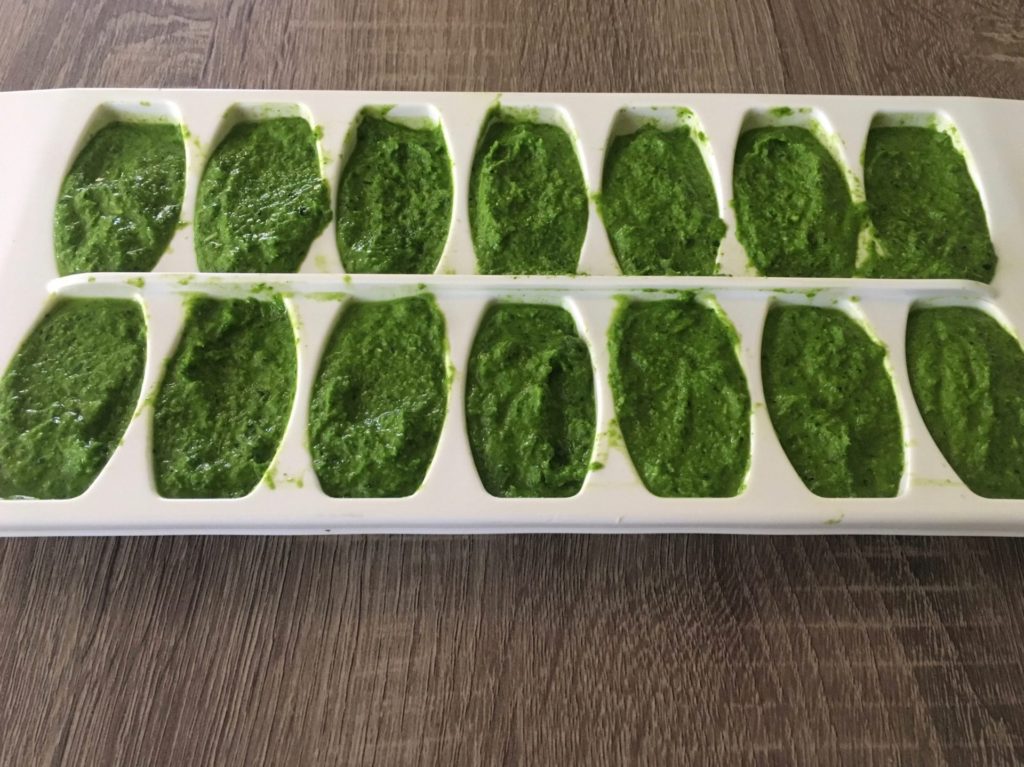
Where To Spend Your Money
- Soil: Soil is the basis of a healthy garden. Get the best quality garden soil and composts you can. Once established, making homemade compost should replace the need to buy new garden soil.
- Mycorrhizal Fungi: Mycorrhizal fungi will benefit the growth of all plants, including seedlings. A marked difference can be noticed in the roots systems of plants that have been inoculated with mycorrhiza versus those that have not.
- Liquid Seaweed is a wonderful amendment that helps plants cope with stress, especially the heat stress of the summer. They are also less susceptible to pests when liquid seaweed is used.
- Humic Acids: This works great in alkaline soils, and combined with liquid seaweed is the best defense against summer plant stress. Read our post where we explain this in more detail.


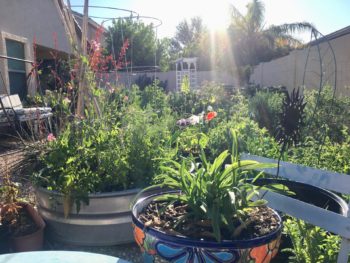
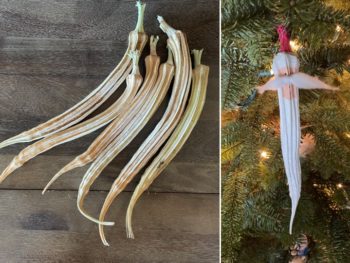
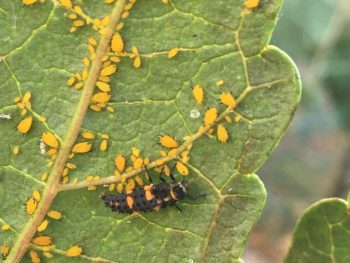
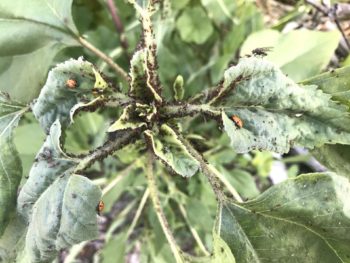
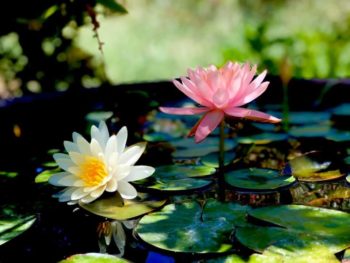
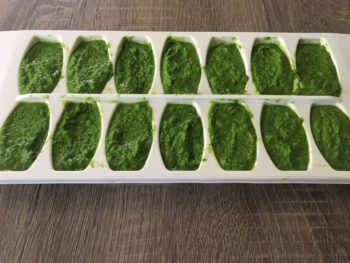
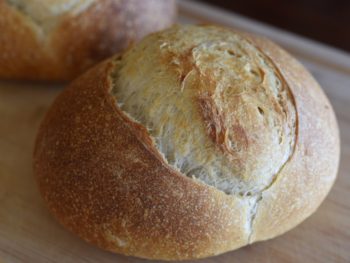
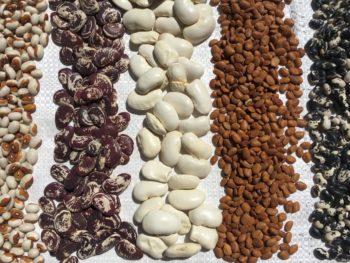
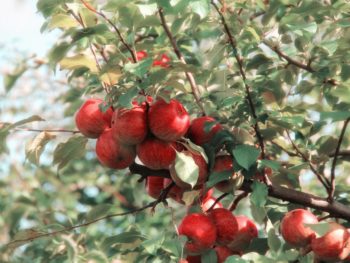
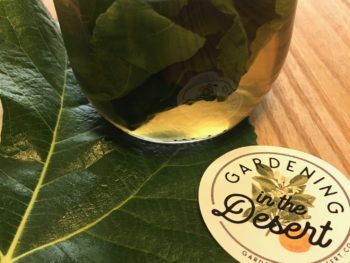
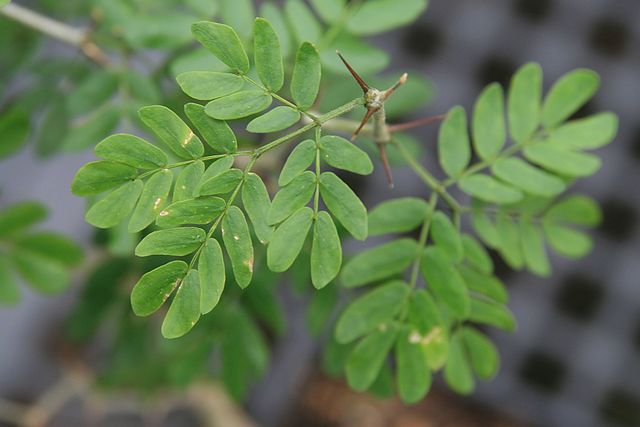
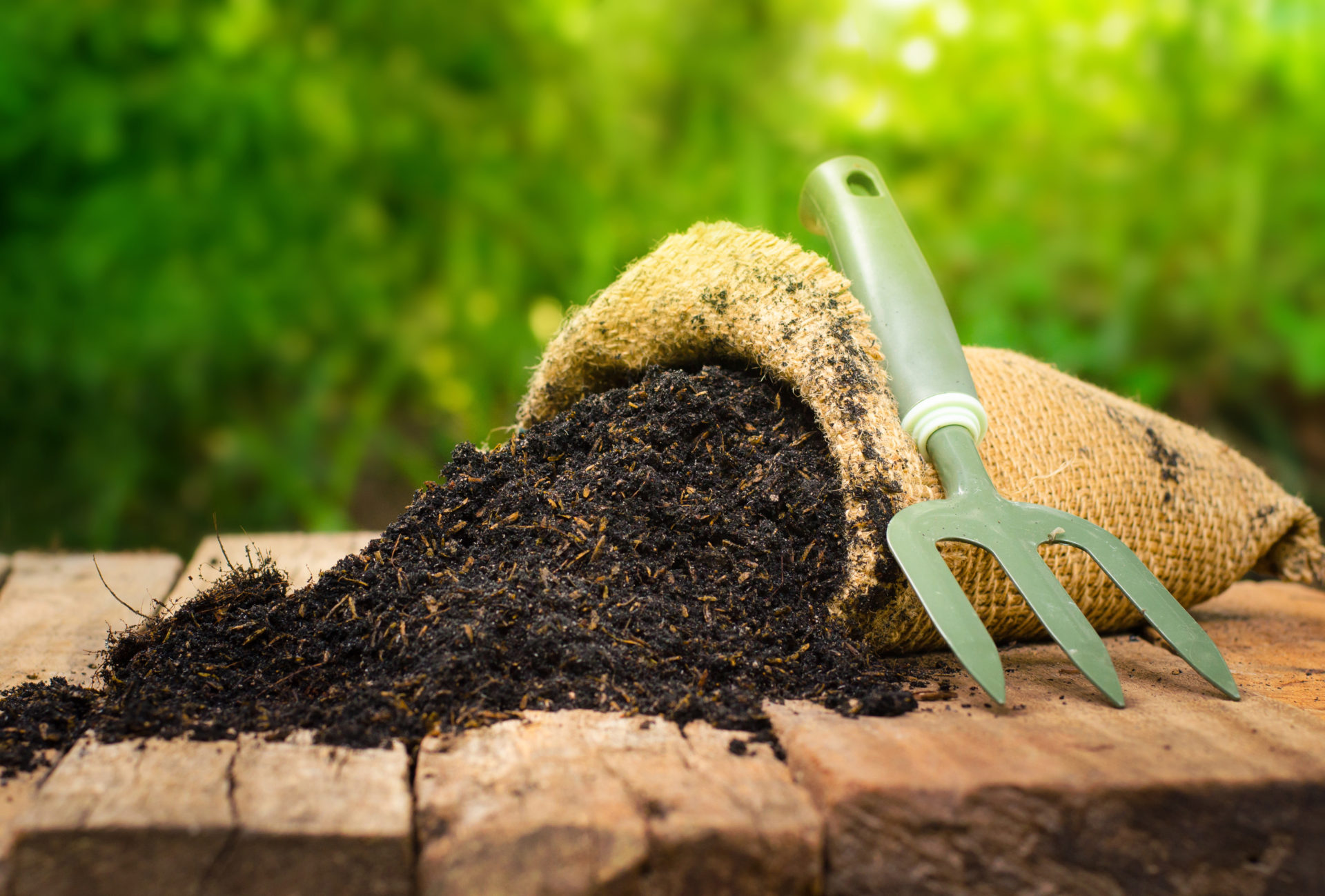
 2 Ways Preserving Lemons: Morrocan Preserved Lemons and Jerusalem Preserved Lemons
2 Ways Preserving Lemons: Morrocan Preserved Lemons and Jerusalem Preserved Lemons